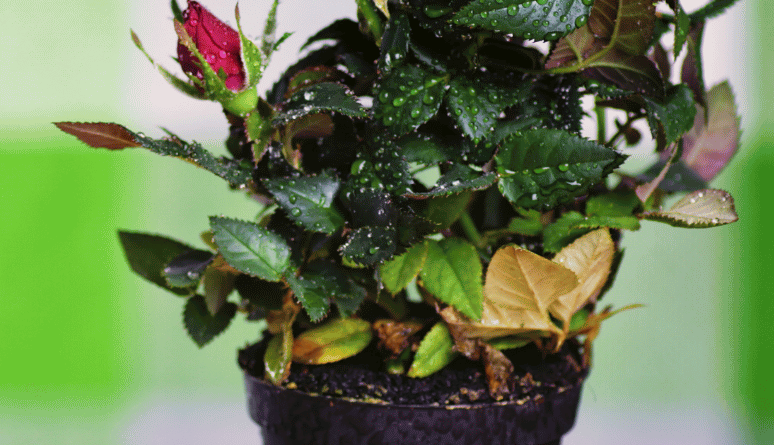How To Grow Roses: A Beginners Guide
Roses are a popular flower in Kenya, known for their beauty and versatility. They can be grown in gardens, as a hedge, or as a climbing vine. Roses require proper care and attention to thrive, and this chapter will provide an overview of how to grow and care for roses in Kenya.
Climate and Soil
Roses in Kenya are best grown in areas with a moderate climate and well-draining soil. They prefer full sun, but can tolerate partial shade. The soil should be rich in organic matter and have a pH between 6 and 7. If the soil is too alkaline, it can be amended with sulfur.
Planting
The best time to plant roses in Kenya is during the rainy season, between March and May. When planting, make sure to dig a hole that is large enough for the roots to spread out. Mix compost or well-rotted manure into the soil before planting, and add a slow-release fertilizer at the base of the plant.
Watering
Roses need to be watered regularly, especially during dry periods. Water deeply, making sure to saturate the entire root zone. Avoid watering in the evening, as this can lead to fungal diseases. In Kenya, roses need to be watered at least once a week.
Fertilizing
Roses need to be fertilized regularly to promote healthy growth. Use a balanced fertilizer, such as a 10-10-10 or 12-12-12, and apply it every six to eight weeks during the growing season. Avoid fertilizing during the hottest part of the day and make sure to water the roses well before and after fertilizing.
Compost or well-rotted manure works well too as a top dressing for the soil, spread it around the base of the plants. This will provide them with essential nutrients and improve the overall health of the soil. Additionally, using a foliar spray of fish emulsion or seaweed extract can provide your roses with important minerals and trace elements.
Another way to naturally feed your rose plants is by planting companion plants around them. Plants such as comfrey, yarrow, and clover will help to improve soil fertility and attract beneficial insects to the garden. Additionally, these plants can also act as natural pest repellents, helping to keep your rose plants healthy and protected.
Pruning
Pruning is an important aspect of rose care. It helps to promote healthy growth and encourages the development of more blooms. Prune dead or diseased wood in the spring, and remove any shoots that are growing from the base of the plant. Cut back the remaining canes to about two buds above the old wood.
Pest and Disease Control
Roses are susceptible to a number of pests and diseases. Common pests include aphids, thrips, and spider mites. To control pests, use an insecticide or a solution of soapy water. Disease control is important, the most common diseases are blackspot and powdery mildew, which can be controlled by applying a fungicide or a solution of baking soda and water.
Rose Varieties
It is also important to consider the specific needs and characteristics of the different rose varieties that are well-suited to Kenya’s climate. Some popular rose varieties in Kenya include:
- Hybrid Tea Roses: These are large-flowered roses that come in a wide variety of colours. They are known for their strong, sweet fragrance and are often used for cut flowers. Examples include “Peace” and “Mr. Lincoln.”
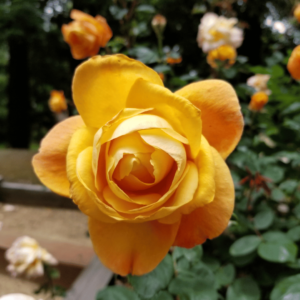
- Floribunda Roses: These are also large-flowered roses, but they produce clusters of blooms rather than single flowers. They are known for their durability and are often used for borders or hedges. Examples include “Iceberg” and “Sunsprite.”
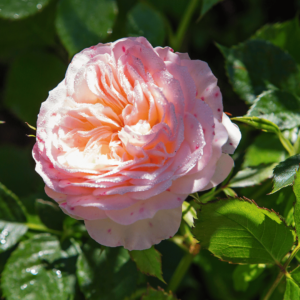
- Landscape Roses: These are hardy roses that are well-suited for mass planting or as a hedge. They are disease-resistant and come in a variety of colours. Examples include “Knock Out” and “Carefree Wonder.”

- Old Garden Roses: These are heirloom roses that have been around for centuries. They have a strong fragrance and come in a variety of colours. Examples include “Madame Hardy” and “Souvenir de la Malmaison.”
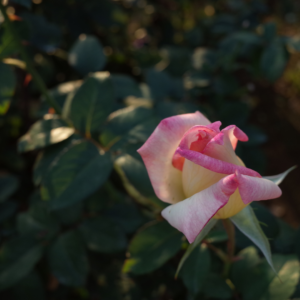
- Climbing Roses: These are perfect for covering walls, trellis, and arbours. They have long, flexible canes that can be trained to climb. Examples include “Crimson Glory” and “New Dawn.”
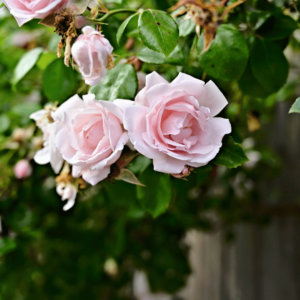
It is important to note that, when choosing a rose variety, it is important to consider the size, color, and fragrance of the blooms, as well as the disease resistance and hardiness of the variety. It’s also important to choose a variety that is well suited to your growing conditions, such as the amount of sunlight and space available.

